Strange disease outbreak in Congo, Vietnam Ministry of Health closely monitoring
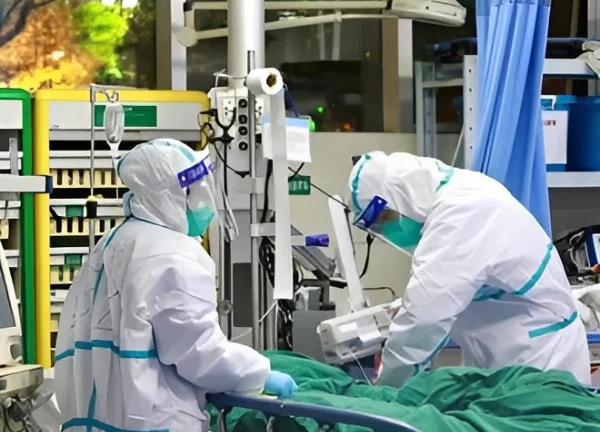
4 | 0 Discuss | Share
In recent days, information about the increase in human metapneumovirus ( HMPV ) infections in China, especially in children, has raised concerns in the community. Whether this is the COVID -19 pandemic that once shocked the world will return again.
HMPV is not a completely new virus. Discovered in 2001, HMPV belongs to the Pneumoviridae family, the same family as respiratory syncytial virus (RSV). According to the US Centers for Disease Control and Prevention (CDC), HMPV usually causes mild symptoms such as cough, fever, nasal congestion, sore throat, and shortness of breath, similar to the common cold.
However, the key difference is that the severity and transmissibility of HMPV is much lower than that of COVID-19. While COVID-19 has claimed the lives of millions of people around the world, HMPV usually resolves on its own in the vast majority of cases.
According to a report from the Chinese Center for Disease Control and Prevention, the number of HMPV infections is on the rise, especially in the context of winter. This raises concerns about a new outbreak of the disease. However, China's Ministry of Foreign Affairs confirmed that these are infectious diseases related to the common respiratory tract and are not unusual medical events.
The World Health Organization (WHO) has also not confirmed the situation of the HMPV epidemic in China as a special medical event. However, health agencies are still closely monitoring the situation and coordinating to provide accurate information to avoid causing confusion to people.
Although there are some similar symptoms such as cough, fever, nasal congestion, sore throat, and shortness of breath, HMPV and COVID-19 have many important differences. Specific examples such as HMPV usually cause mild illness and resolve on its own, while COVID-19 can cause serious, even unreversible complications. The possibility of spreading COVID-19 is also much higher than that of HMPV.
However, the emergence of HMPV in the context of the COVID-19 pandemic has not completely ended raising questions about the ability to "combine" or interact with each other between these viruses, an issue that needs to be further studied by scientists.
In addition, HMPV can affect all ages, but the most at-risk groups are children, people over 65 years old, and people with weakened immune systems or chronic respiratory diseases such as asthma, chronic obstructive pulmonary disease (COPD). In these groups, HMPV can cause more serious complications such as bronchitis, pneumonia, or worsen underlying conditions.
Currently, there is no vaccine or specific drug for HMPV. Treatment mainly focuses on relieving symptoms such as rest, drinking enough fluids, and using over-the-counter medications to relieve pain, reduce fever, and decongest the nose. For severe cases, patients may need to be admitted to hospital for treatment with oxygen therapy or fluids.
To prevent HMPV, personal hygiene measures such as washing your hands frequently with soap and water, avoiding touching your face without washing your hands, wearing a mask in crowded places, and limiting contact with sick people are extremely important.
Lessons from the COVID-19 pandemic show the importance of balancing vigilance and calmness. Although HMPV is not an urgent pandemic danger, we should not be subjective. Closely monitoring the development of the epidemic, complying with preventive measures and updating official information from health authorities is the best way to protect the health of yourself and the community.
In the current context, raising awareness of HMPV, differentiating it from other respiratory diseases and taking precautions is key to controlling the situation and avoiding unnecessary worries.
The Mystery Behind Congo's Deadly Malaria Outbreak: Is Vietnam Safe? 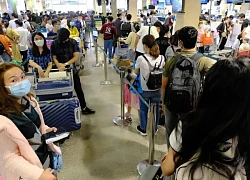 Đông Nguyễn15:16:57 19/12/2024Hundreds of people in Congo have died from a dangerous form of malaria, while Vietnam has also recorded many imported cases. The Ministry of Health is stepping up preventive measures to protect public health.
Đông Nguyễn15:16:57 19/12/2024Hundreds of people in Congo have died from a dangerous form of malaria, while Vietnam has also recorded many imported cases. The Ministry of Health is stepping up preventive measures to protect public health.

4 | 0 Discuss | Share
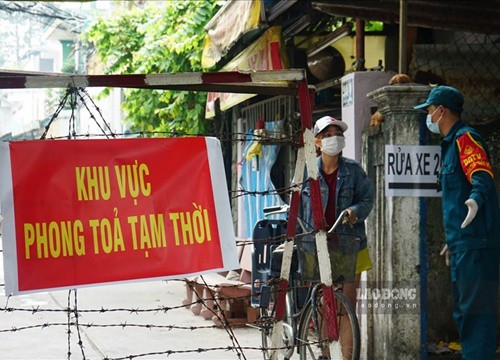
3 | 0 Discuss | Share
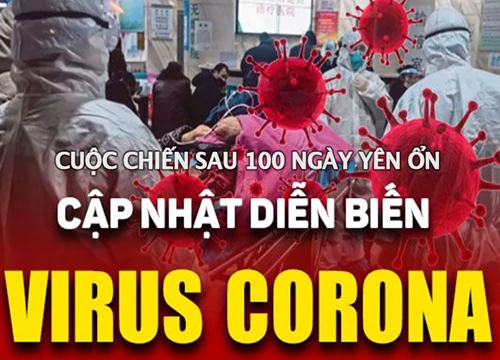
5 | 0 Discuss | Share
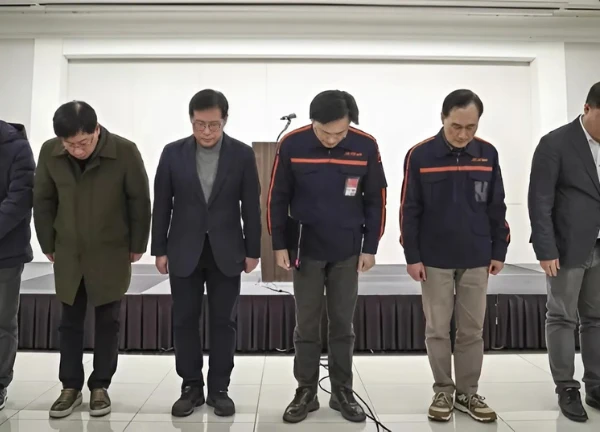
2 | 0 Discuss | Share

1 | 0 Discuss | Share

1 | 0 Discuss | Share
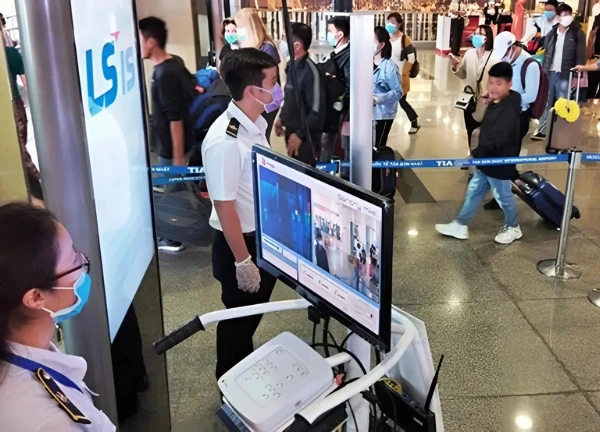
7 | 0 Discuss | Share
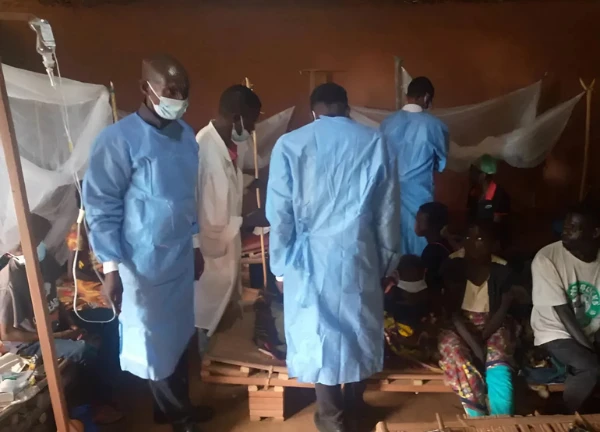
5 | 0 Discuss | Share

1 | 0 Discuss | Share
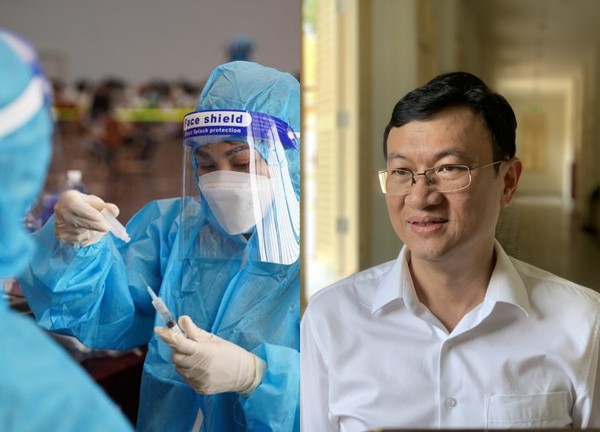
3 | 1 Discuss | Share
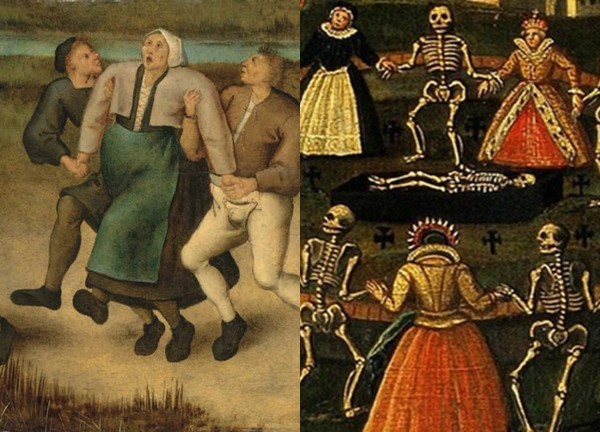
3 | 2 Discuss | Share
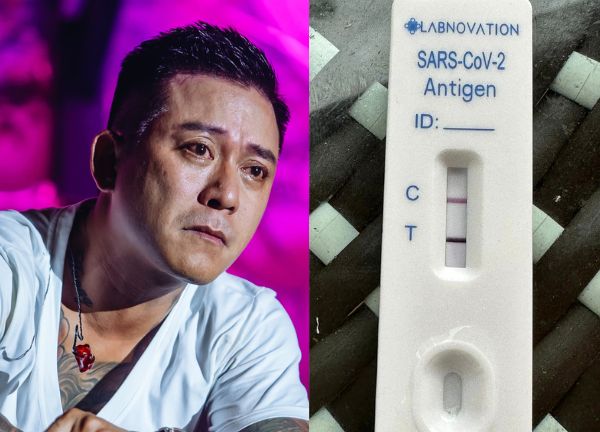
3 | 0 Discuss | Share
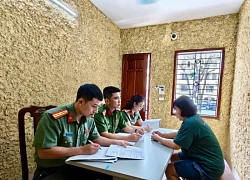
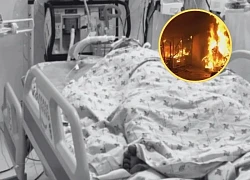

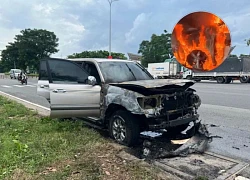
5 | 1 Discuss | Report